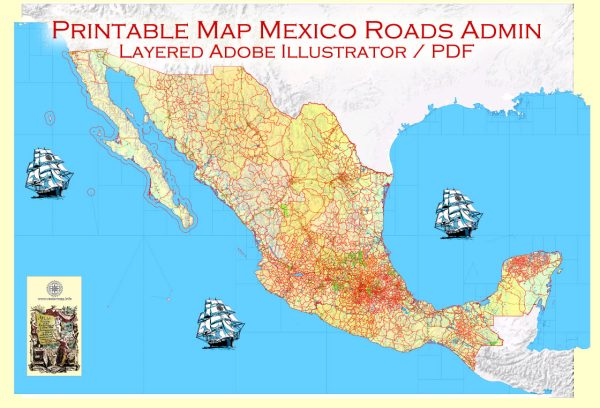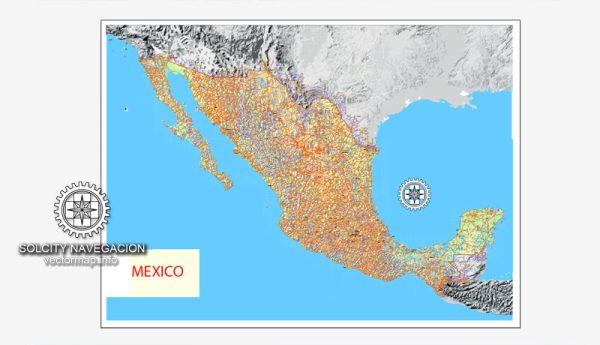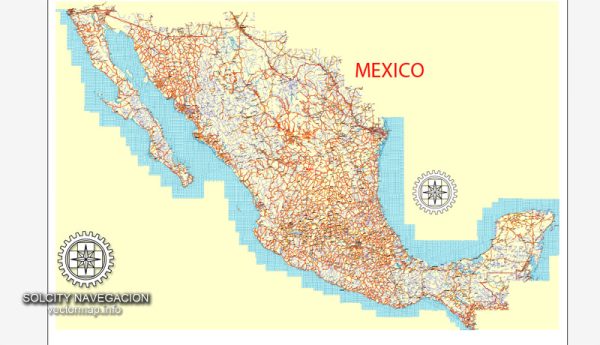The history of urban development in Mexico is a complex and multifaceted story that spans thousands of years, encompassing pre-Columbian civilizations, Spanish colonial rule, and modern-day urbanization. Here is a brief overview of key periods and developments:
- Pre-Columbian Era:
- Indigenous Civilizations: Before the arrival of the Spanish in the 16th century, Mexico was home to advanced civilizations such as the Aztecs, Maya, and Zapotecs. These civilizations built impressive cities with intricate urban planning, advanced architecture, and complex social structures.
- Tenochtitlán: The Aztecs, for example, built their capital city, Tenochtitlán, on an island in Lake Texcoco. It was one of the largest and most sophisticated cities in the world at the time, featuring causeways, canals, and monumental structures.
- Spanish Colonial Period (16th to 19th centuries):
- European Influence: With the arrival of the Spanish in the early 16th century, the urban landscape underwent a radical transformation. Spanish colonizers imposed their own urban planning principles, introducing the grid system with a central plaza, a cathedral, and government buildings.
- Rise of Colonial Cities: Cities like Mexico City, Puebla, and Guadalajara emerged as important colonial centers, featuring Baroque and Renaissance architecture.
- Post-Independence (19th century):
- Mexican War of Independence: The early 19th century saw Mexico gain independence from Spanish rule. This period was marked by political instability, and urban development was often influenced by economic interests and regional power struggles.
- Industrialization: The late 19th century witnessed the beginning of industrialization, leading to the growth of urban areas as industries and railways expanded.
- Revolutionary Period (early 20th century):
- Mexican Revolution: The early 20th century was a time of social and political upheaval with the Mexican Revolution. Urban areas were significant battlegrounds, and the outcome of the revolution influenced urban development policies.
- Post-Revolution to Present (20th century onwards):
- Urbanization: The mid-20th century saw rapid urbanization as Mexico transformed from a primarily agrarian society to an industrial one. Migration from rural areas to cities increased, leading to the growth of urban centers.
- Megacities: Mexico City, in particular, grew into one of the world’s largest megacities, facing challenges such as population density, pollution, and infrastructure strain.
- Modern Challenges: Contemporary urban development in Mexico grapples with issues such as informal settlements, traffic congestion, environmental concerns, and social inequality. Efforts are made to address these challenges through sustainable urban planning and development initiatives.
Throughout its history, Mexico’s urban development has been shaped by a combination of indigenous influences, colonial legacies, and modern socio-economic factors. The result is a diverse urban landscape that reflects the country’s rich cultural and historical tapestry.




 Author: Kirill Shrayber, Ph.D.
Author: Kirill Shrayber, Ph.D.